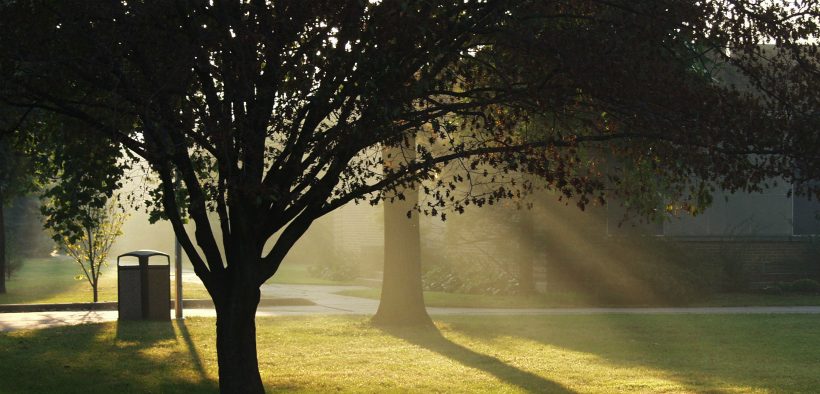In the midst of the COVID-19 pandemic, as we deal with closed campuses and everything going online, we find ourselves teaching in the face of an array of circumstances that make learning difficult. The undercurrents of the unknown run deep. There are our own health concerns and those of the ones we love. There are financial worries. Will there be food in the grocery stores? How do we avoid getting on each other’s nerves here at home? How long will this last? And finally, how do we teach when minds and hearts are a thousand places other than learning?
Related Articles
I have two loves: teaching and learning. Although I love them for different reasons, I’ve been passionate about...
Active learning is a mostly meaningless educational buzzword. It’s a feel-good, intuitively popular term that indicates concern for...
Perhaps the earliest introduction a student has with a course is the syllabus as it’s generally the first...
Generative AI allows instructors to create interactive, self-directed review activities for their courses. The beauty of these activities...
I’ve often felt that a teacher’s life is suspended, Janus-like, between past experiences and future hopes; it’s only...
I teach first-year writing at a small liberal arts college, and on the first day of class, I...
Proponents of rubrics champion them as a means of ensuring consistency in grading, not only between students within...








